The Ancient Bond Between Humans and Felines
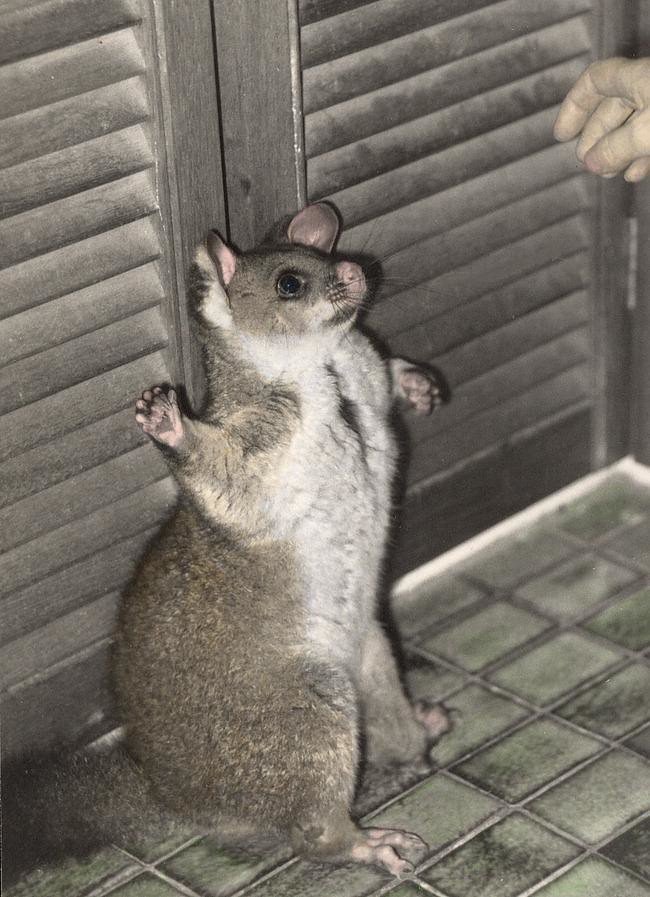
Have you ever wondered why your cat follows you like a furry shadow while your neighbor’s cat barely acknowledges human existence? The answer lies deep in feline psychology and thousands of years of evolution. Some cats are hardwired to seek constant companionship, while others maintain their wild independence.
This fascinating behavior isn’t just about breed—it’s a complex mix of genetics, early socialization, and individual personality. Understanding why cats choose to shadow us reveals the remarkable depth of the human-feline connection that has evolved over millennia.
Siamese Cats: The Velcro Companions

Siamese cats are notorious for their clingy behavior, earning them the nickname “velcro cats.” These elegant felines with their striking blue eyes and pointed coats have been bred for centuries to be human companions. Their vocal nature and intense desire for interaction make them natural shadows.
Unlike many other breeds, Siamese cats actually suffer from separation anxiety when left alone. They’ll follow their humans from kitchen to bathroom, often providing running commentary with their distinctive yowls. This behavior stems from their breeding history as palace cats in Thailand, where they lived in close quarters with royalty.
Maine Coons: Gentle Giants with Separation Issues

Despite their impressive size, Maine Coons are surprisingly needy when it comes to human attention. These gentle giants often develop intense bonds with one particular family member, following them everywhere like a devoted dog. Their large paws make soft padding sounds as they trail behind their chosen human.
Maine Coons were originally working cats, helping settlers in harsh Maine winters. This survival partnership created a breed that thrives on human cooperation and feels most secure when staying close to their people.
Russian Blues: The Anxious Shadows
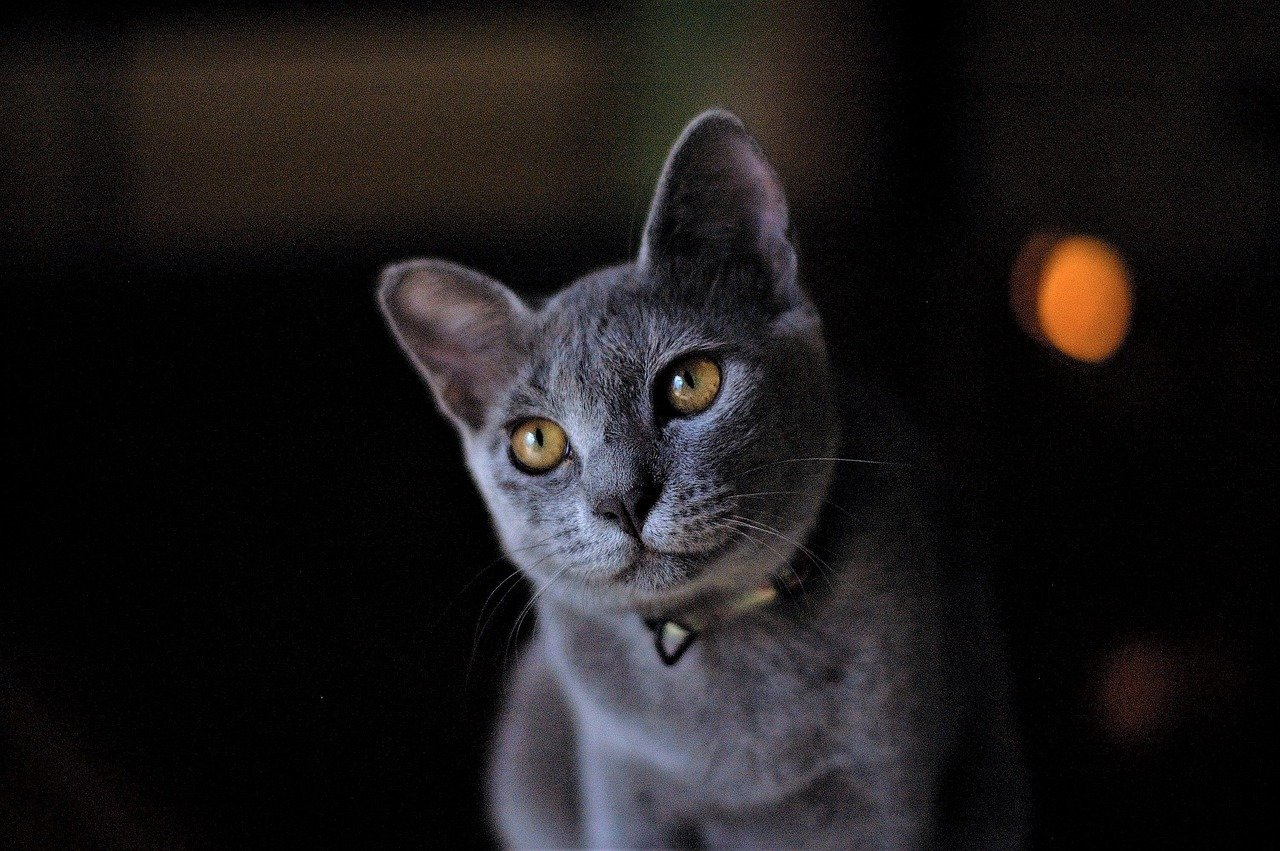
Russian Blues are naturally anxious cats who find comfort in following their trusted humans. Their silvery-blue coats and green eyes make them stunning, but their sensitive nature means they often struggle with confidence. Following their owner provides them with a sense of security and predictability.
These cats are particularly prone to shadowing behavior because they’re extremely routine-oriented. Any change in their environment can trigger increased following behavior as they seek reassurance from their human companions.
Persian Cats: The Lap-Seeking Loyalists

Persian cats with their luxurious coats and flat faces are surprisingly social despite their regal appearance. Many Persians develop strong attachments to their owners and will follow them room to room, hoping for the next opportunity to claim a warm lap. Their calm demeanor makes them excellent shadow companions.
The breed’s history as pampered palace cats in ancient Persia created a lineage that expects and craves human attention. Modern Persians often inherit this expectation of constant companionship, making them natural followers.
Ragdoll Cats: The Floppy Followers

Ragdolls are famous for going limp when picked up, but they’re equally known for their dog-like loyalty. These large, fluffy cats often greet their owners at the door and follow them throughout the house. Their blue eyes and semi-long coat make them striking shadows.
Bred specifically for docile temperament, Ragdolls have had much of their wild independence bred out of them. This genetic modification makes them naturally inclined to seek human companionship and follow their owners around.
Norwegian Forest Cats: The Independent Spirits
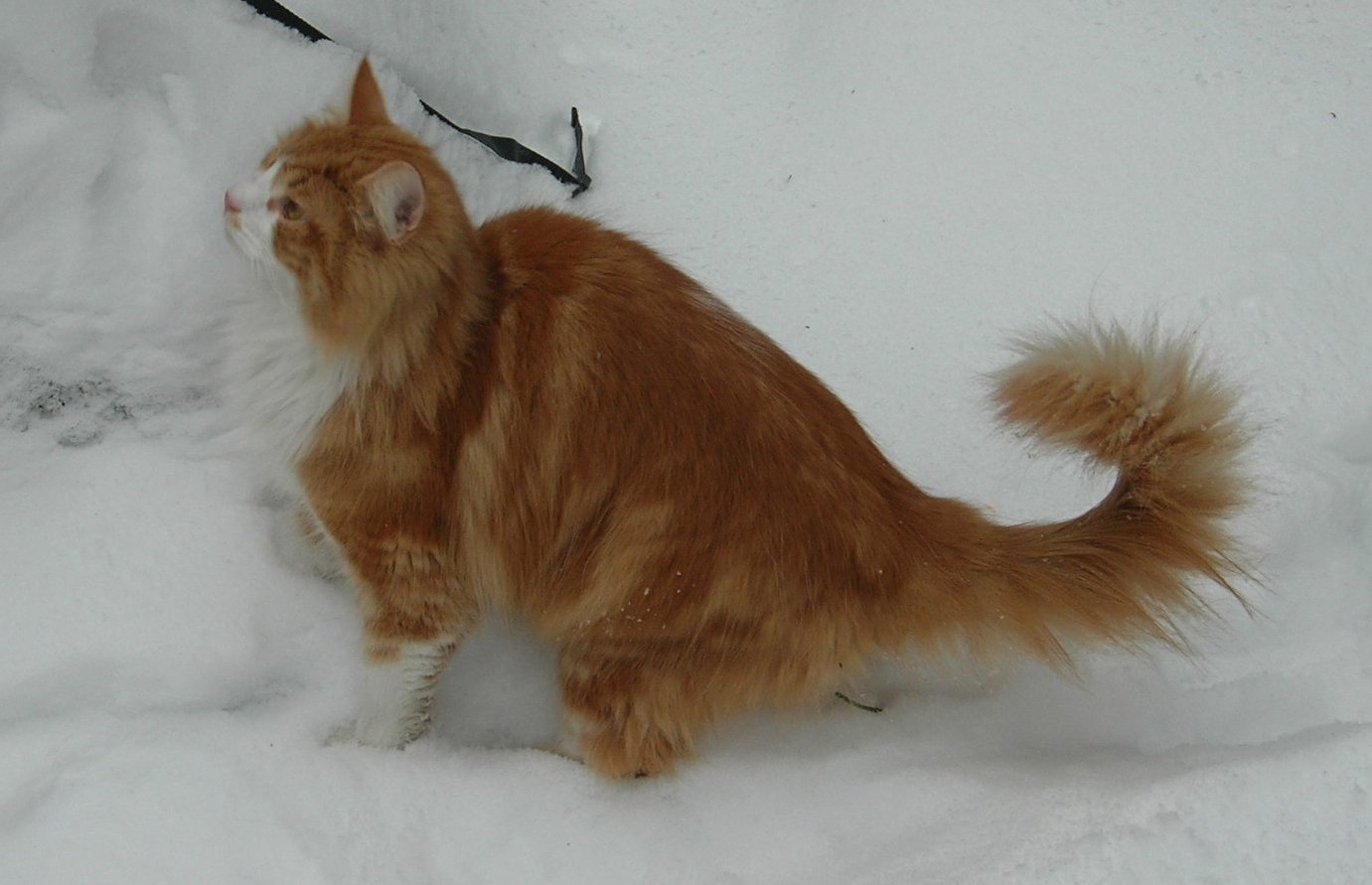
On the opposite end of the spectrum, Norwegian Forest Cats are notorious for their independence. These robust cats with their thick, weather-resistant coats were bred to survive harsh Scandinavian winters alone. They rarely follow humans around and prefer to observe from a distance.
Their wild heritage is still strong, making them more likely to patrol their territory independently rather than shadow their humans. When a Norwegian Forest Cat does follow you, it’s usually because they want something specific, not companionship.
British Shorthairs: The Polite Distance-Keepers
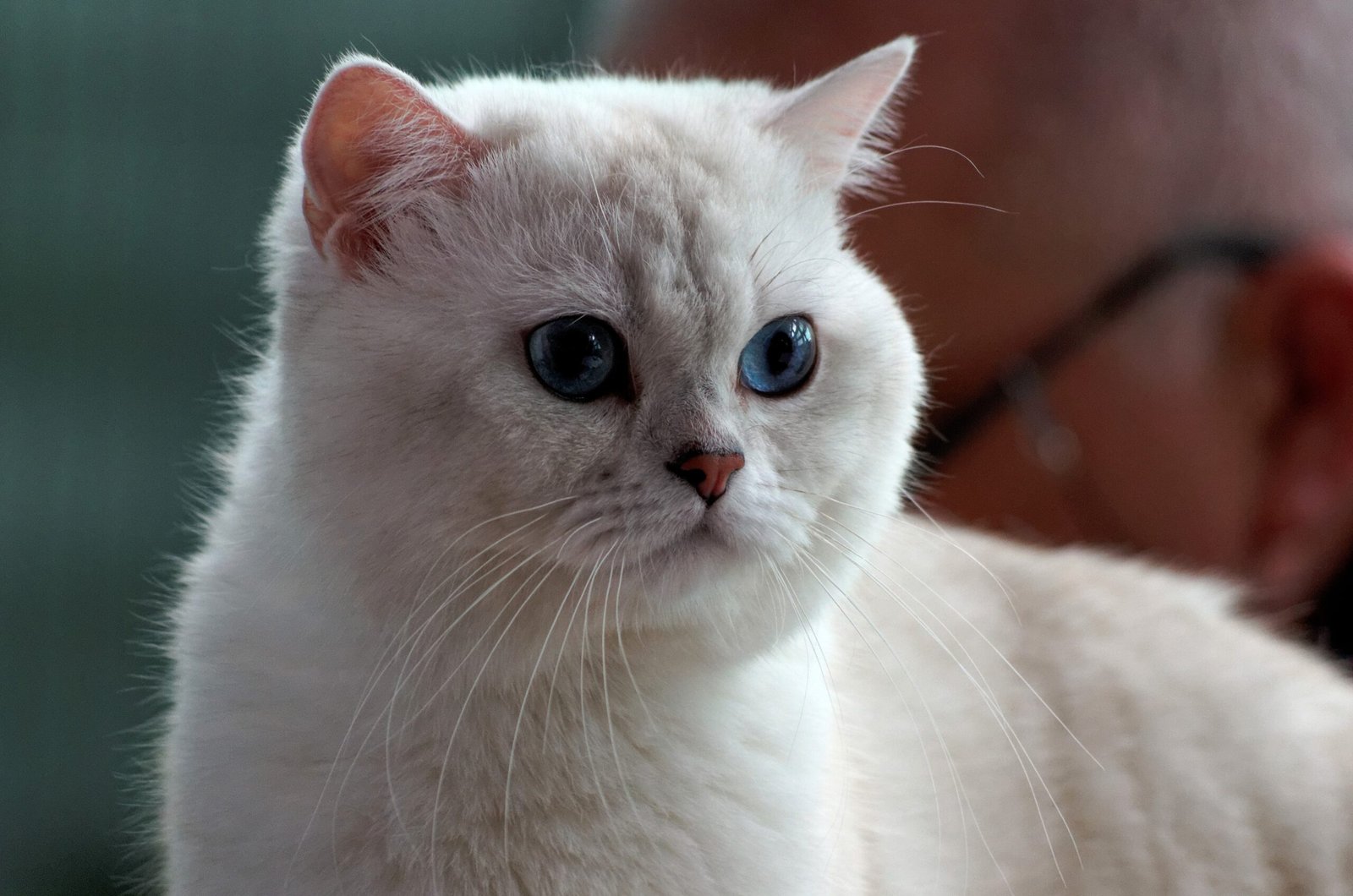
British Shorthairs are affectionate but not clingy. These round-faced cats with their dense coats prefer to be near their humans rather than following them constantly. They’ll often choose to sit in the same room but maintain their personal space.
Their reserved British temperament makes them excellent companions for people who want a cat’s presence without the constant shadowing behavior. They show love through proximity rather than persistent following.
Bengal Cats: The Selective Shadows

Bengal cats are highly intelligent and choose their shadowing moments strategically. These wild-looking cats with their spotted coats will follow their humans when they sense something interesting might happen, like meal preparation or playtime. Their athletic build makes them graceful shadows.
Their wild ancestry means they’re naturally curious and will follow humans to investigate activities rather than for pure companionship. This selective shadowing behavior reflects their hunting instincts and intelligence.
Scottish Folds: The Attention-Seeking Sweethearts

Scottish Folds with their distinctive folded ears are naturally social cats who often develop strong bonds with their families. They’ll follow their humans around, often sitting nearby with their characteristic owl-like expression. Their sweet temperament makes them charming shadows.
These cats were bred from barn cats who needed to work closely with humans, creating a breed that naturally seeks human interaction and approval. Their following behavior often intensifies when they sense their human is stressed or upset.
Abyssinian Cats: The Busy Body Followers
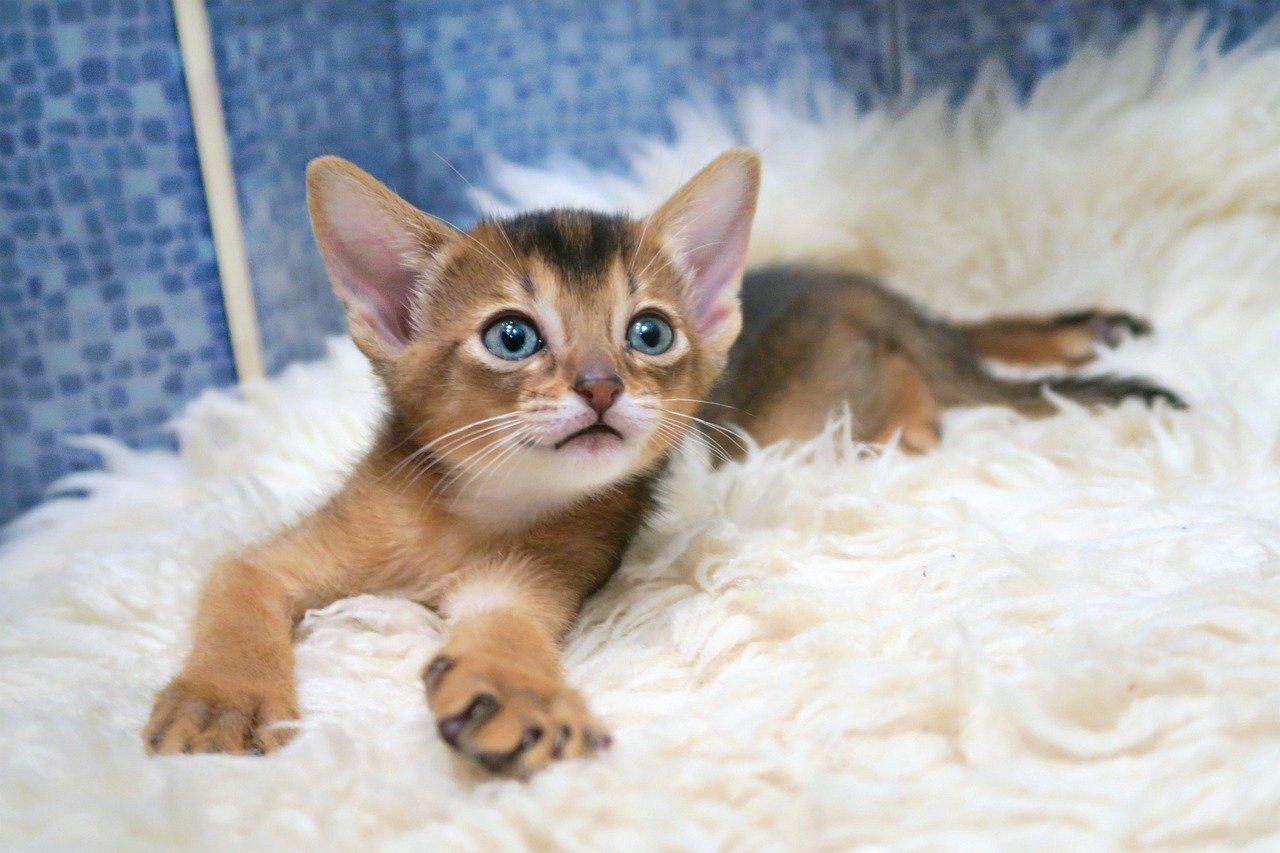
Abyssinians are incredibly active cats who follow their humans out of pure curiosity. These slender cats with their ticked coats are always interested in what their humans are doing. They’re not clingy shadows but rather investigative companions who want to be part of the action.
Their ancient Egyptian heritage created a breed that’s naturally curious about human activities. They’ll follow you to the kitchen, bathroom, and bedroom, but they’re more interested in the activities than in providing comfort.
The Role of Early Socialization

Regardless of breed, early socialization plays a crucial role in whether cats become shadows or remain independent. Kittens who are handled frequently and positively by humans during their first few weeks of life are more likely to develop following behaviors. This critical period shapes their entire relationship with humans.
Cats who missed this early socialization window often remain more aloof throughout their lives. Even naturally social breeds can become independent if they lack proper early human contact during those crucial first weeks.
The Science Behind Feline Attachment
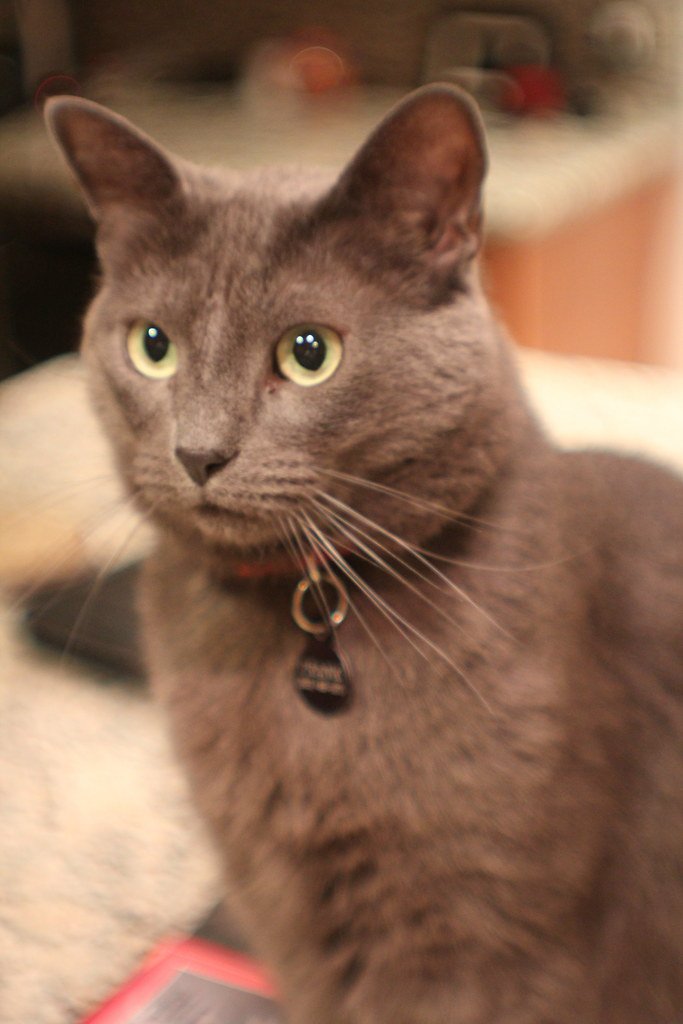
Recent research has shown that cats can form secure attachments to their humans similar to how dogs and even children bond with caregivers. Cats who shadow their owners often display what scientists call “secure attachment”—they use their human as a safe base from which to explore their environment.
This attachment style explains why some cats follow their humans everywhere while others feel secure enough to maintain independence. The shadowing behavior is actually a sign of trust and emotional security rather than neediness.
Environmental Factors That Influence Following

The physical environment plays a significant role in shadowing behavior. Cats in smaller homes or apartments are more likely to follow their humans simply because there are fewer spaces to explore independently. Multi-level homes with plenty of hiding spots often encourage more independent behavior.
Stress factors like new pets, moving homes, or changes in routine can temporarily increase shadowing behavior in any cat. This behavior often returns to normal once the cat adjusts to the new circumstances.
When Shadowing Becomes a Problem
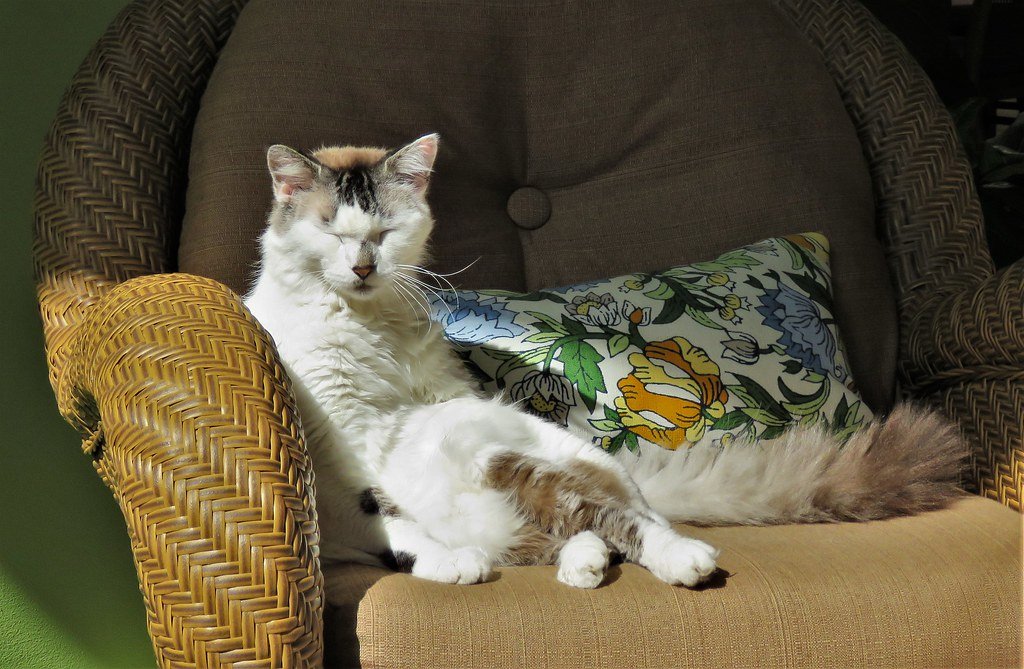
While following behavior is often endearing, excessive shadowing can indicate underlying anxiety or health issues. Cats who suddenly start following their humans constantly may be experiencing stress, illness, or cognitive changes. Senior cats often increase their shadowing behavior as they become less confident navigating their environment.
Understanding the difference between normal affectionate following and problematic shadowing helps owners provide appropriate care. Sometimes a simple environmental enrichment can reduce excessive following behavior.
The Health Benefits of Cat Companionship

Whether your cat shadows you or maintains independence, the health benefits of feline companionship are remarkable. Studies show that cat owners have lower stress levels, reduced blood pressure, and improved mental health. The gentle presence of a shadowing cat can provide comfort during difficult times.
Even independent cats provide psychological benefits through their calming presence and the responsibility of caring for another living being. The type of companionship matters less than the bond itself.
Conclusion: Embracing Your Cat’s Unique Style
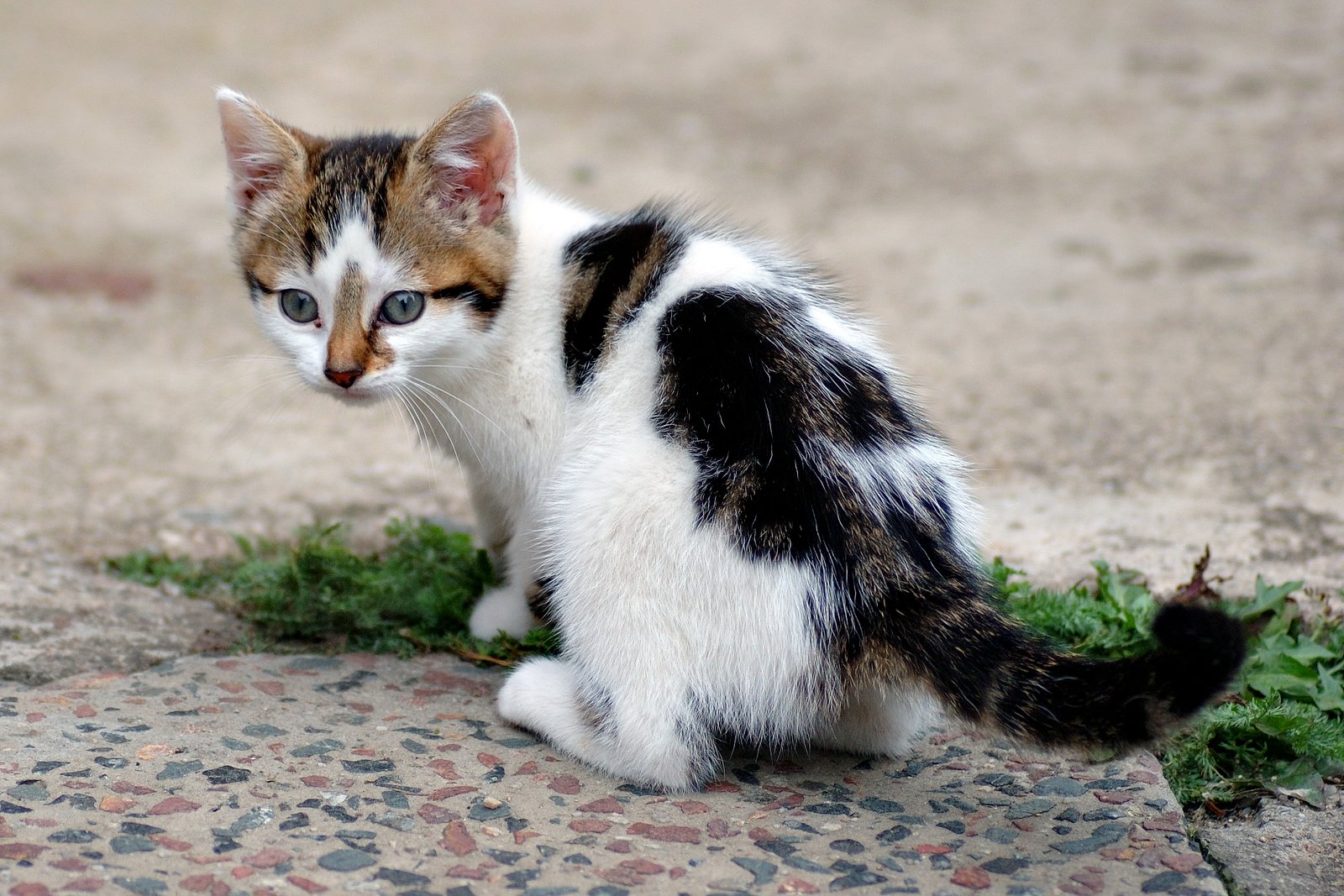
Every cat has their own way of showing love and forming bonds with their humans. Some express their affection through constant companionship, padding softly behind their favorite person from room to room. Others show their love through independent coexistence, choosing to be near but not necessarily following.
Understanding your cat’s natural tendencies helps you appreciate their unique personality and strengthen your bond. Whether you have a velcro Siamese or an independent Norwegian Forest Cat, the key is recognizing and respecting their individual way of connecting with you.
The next time you notice your cat following you to the bathroom or choosing to nap in the same room while maintaining their distance, remember that both behaviors are expressions of the remarkable bond between humans and cats. What matters most is that your feline friend feels secure and loved in their own special way.
Hi, I’m Bola, a passionate writer and creative strategist with a knack for crafting compelling content that educates, inspires, and connects. Over the years, I’ve honed my skills across various writing fields, including content creation, copywriting, online course development, and video scriptwriting.
When I’m not at my desk, you’ll find me exploring new ideas, reading books, or brainstorming creative ways to solve challenges. I believe that words have the power to transform, and I’m here to help you leverage that power for success.
Thanks for stopping by, Keep coming to this website to checkout new articles form me. You’d always love it!






